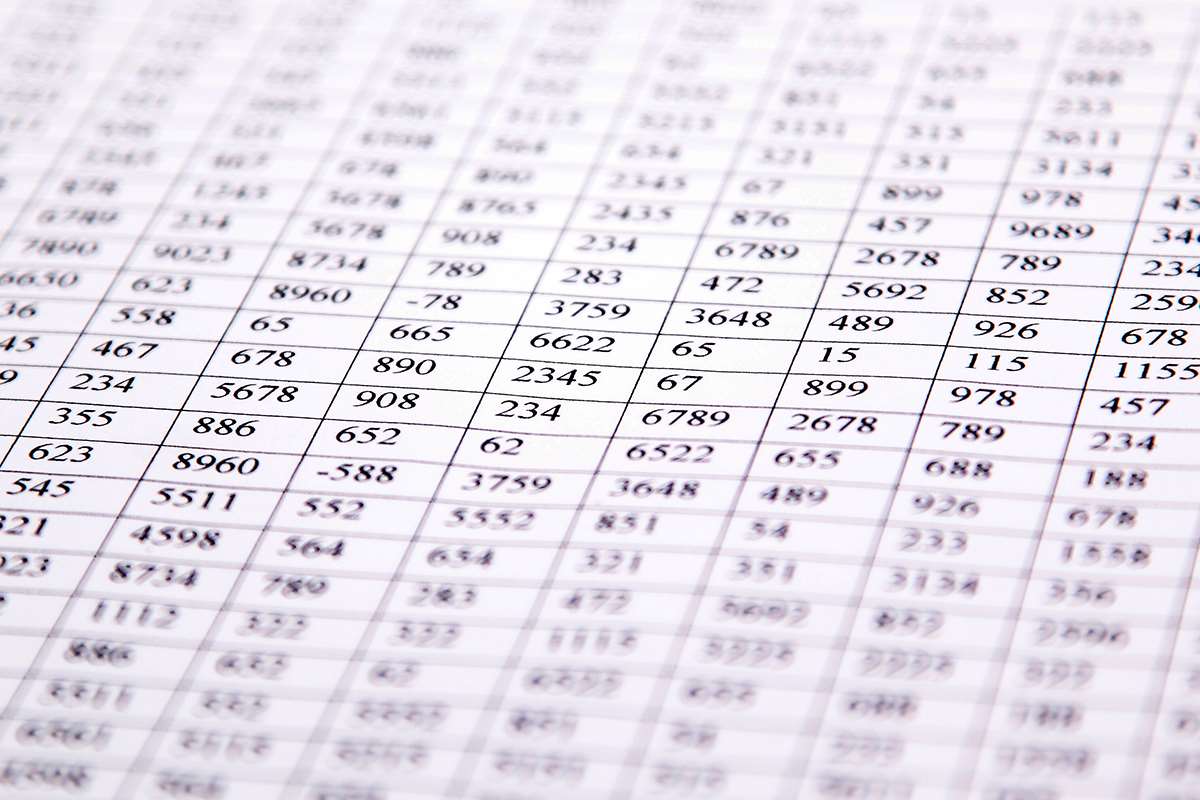
Accurate and timely recognition of bad debt not only ensures compliance with accounting standards but also provides valuable insights into the effectiveness of credit policies and overall financial health. Most of these debts are paid by the customer in a timely manner or without a delay. There are two methods to deal with such uncollectible bad debts in bookkeeping; the direct write off method and the allowance method. The estimated amount is then debited from the bad debts expense and credited to the contra-asset account, allowance for doubtful accounts (also known as allowance for uncollectible accounts or allowance for bad debts). In this case, accounts receivable becomes a more accurate reflection of how much the company really expects to collect for its amount of bad debt. Using the direct write-off method of accounting, a business owner can debit the bad debts expense account and credit accounts receivable.
How the Allowance Method Works

The direct write-off method is an efficient way for your company to recognize a bad debt. Customers who owe money for a product or service but will not pay it back are said to have bad debt. In other words, it is money that they need to pay for a transaction or service that they will not pay and the corporation will not receive. If you infrequently receive uncollected payments, then the direct write-off method can help your organization easily handle bad debt. In this post, you’ll learn how to use the direct write-off method in the journal entry for your business, as well as the potential benefits and drawbacks of the direct write-off.
- Companies must use historical data, industry trends, and judgment to make accurate estimates.
- As such, it is typically reserved for smaller, less complex businesses or for tax reporting purposes, rather than for presenting a transparent view of a company’s financial standing to investors and regulators.
- It’s a method that can be both a boon for its ease of use and a bane for its potential to misrepresent a company’s financial status.
- One of the main advantages of the Allowance Method is its compliance with the matching principle.
- By not accruing for expected losses, a company can inflate its profits in the short term, only to take a significant hit when the bad debts are eventually written off.
- However, it’s crucial to recognize that this method can distort the financial statements and does not adhere to the matching principle, which states that expenses should be matched with the revenues they helped to generate.
Revenue Reconciliation
This can be particularly problematic if large amounts of debt are written off in a single accounting period, as it can significantly distort a company’s profitability and financial stability. To illustrate the impact of accounting standards, consider the case of revenue recognition. Under IFRS 15, revenue from the sale of goods is recognized when control is direct write-off method transferred to the customer. This standard provides specific guidance on how to determine the point of control transfer, which can vary depending on the terms of the contract and the nature of the goods.
Balance
Furthermore, adhering to this method can ensure compliance with Generally Accepted Accounting Principles (GAAP), which often favor the allowance method for its ability to uphold the matching principle. In the direct write off method, the amount of the bad debt is accounted for in the time period when it is decided that the amount is uncollectable. This is usually not in the same accounting period as the one in which the invoice was raised.
- The Coca-Cola Company (KO), like other U.S. publicly-held companies, files its financial statements in an annual filing called a Form 10-K with the Securities & Exchange Commission (SEC).
- The direct write-off method is used only when it is inevitable that a customer will not pay.
- Consequently, this method can result in a mismatch of expenses and revenues, leading to misleading profit figures.
- From the perspective of a small business owner, the Direct Write-Off Method is appealing due to its simplicity and the fact that it does not require estimation of bad debts.
- The bad debt written off is accurate as it is based on the actual uncollectible amount.
- Creditors and investors need reliable data to make informed decisions, and the direct write-off method’s lack of accrual for anticipated bad debts can lead to an overstatement of assets and net income.

The future of accounting standards and write-off methods is set to be more transparent, technology-driven, and aligned with global business practices. As stakeholders demand more information and clarity, the accounting profession must adapt to meet these expectations, Bookkeeping for Consultants ensuring that financial statements accurately reflect the economic realities of businesses. For example, consider a company that sells on credit and has annual credit sales of $1 million.

However, if the bad debt journal entry happened in a separate period than the sales entry, the direct write-off method may result in a misstatement of income between reporting periods. The direct write-off method’s journal entry is a debit to bad debt expense and a credit to accounts receivable. From a tax authority’s point of view, the direct write-off method is often unacceptable because it does not provide a systematic approach to recognizing bad debt expenses. Tax authorities typically require businesses to use methods that estimate bad debts in advance, such as the allowance method, to ensure that taxable income is not artificially inflated.
What is Bad Debt?
The Direct Write-Off Method does not comply with Generally Accepted Accounting Principles (GAAP) because it violates the matching principle. GAAP requires that expenses be matched with the revenues they help generate within the same accounting period. The Direct Write-Off Method, by recognizing bad debts only when they are identified as uncollectible, fails to match expenses with the related revenues. As a result, financial statements prepared using this method may not provide a fair and accurate representation of a company’s financial health. Under this method, bad debt is recognized and written off only when it is determined to be uncollectible. When a specific account is normal balance identified as bad debt, the company records a bad debt expense and reduces accounts receivable by the same amount.